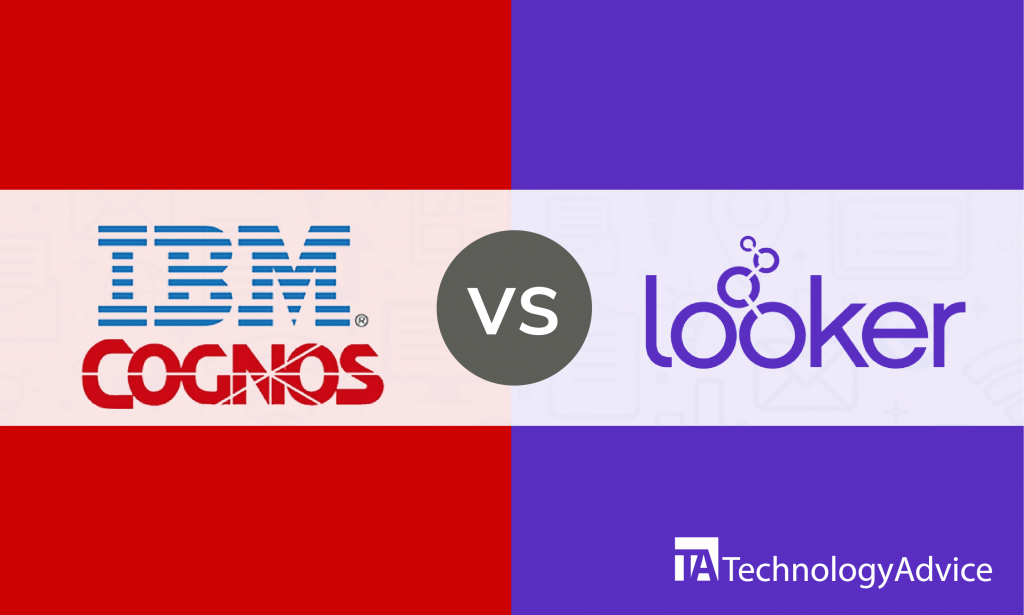Reporting, dashboarding, and analytics are the primary capabilities any effective BI software should have.
Tableau and Board are seasoned BI software products offering all the standard capabilities of a BI software and more.
We’ll explore the capabilities and features of Tableau and Board in this article. We’ll go into how these two products handle the business intelligence needs of an organization.
If you already know which features your company needs in your next business intelligence software, TechnologyAdvice can give you fast, free recommendations of the best software for your needs. Use our Product Selection Tool.
Tableau vs. Board: An overview
Tableau Software was founded in 2003 and was initially introduced as a commercial research outlet. In June 2019, Salesforce acquired Tableau.
Tableau’s main software products include Tableau Desktop, Tableau Server, Tableau Prep, and Tableau Online.
Board International was established in 1994 in Switzerland. Today,Board is a trusted global software provider for BI, Corporate Performance Management, and Advanced Analytics.
One of Board’s objectives is to give users the ability to update databases as well as present and analyze data within a single platform without the need to use scripts.
Although Tableau and Board have differences in their take on features, both solutions can address the data visualization, analytics, and presentation needs of big and small companies.
Comparing the fundamental features
Reporting and dashboarding
Reports in Tableau can be presented in interactive dashboards. Reports can be customized using a variety of charts and graphs including bar charts, line graphs, and tree maps.
Users can build fully customized dashboards in Tableau. Pre-built dashboards are available for users who need more guidance in dashboard creation. Dashboards created in Tableau may be shared online, published, emailed, and even embedded on different apps, such as Salesforce.
For Board, reports can be created using various chart types like heat maps, bubble charts, and waterfall charts. These reports can be automatically sent to members of an organization at a set schedule and may be exported in different forms like CSV or HTML. Customization of reports in Board may be easily achieved with the software’s drag-and-drop function.
Interactive dashboards can be created using Board. These dashboards are connected to live data sources to display the latest information in real time for accurate monitoring of performances or metrics.
Read also: Sisense vs. Tableau: A Scalable Business Intelligence Comparison
Analytics
Tableau promotes self-service analytics. This BI software provides accurate data analyses through expert calculations while giving users of all coding skill levels direct access to visualizations. Reviewing performance and predicting business outcomes are made possible by Tableau.
Users can make the presentation of data analytics more engaging through the visual analytics in Tableau.
Board users can also enjoy self-service predictive analytics. Board uses an organization’s historical data to monitor trends and make calculated predictions based on past trends. Analytics and forecasts can be quickly run through Board software.
Mobile access
Dashboards created through board can be accessed through various devices, including mobile.
Tableau Server and Tableau Online can be accessed using Tableau’s Mobile application. Interaction with data and dashboards is possible through Tableau Mobile, too. The Tableau Mobile app is available for iOS and Android.
Interactive data visualizations are accessible through Board Mobile. Updated data analyses and reports can also be accessed through this feature. Dynamic reports may be shared with other users using Board Mobile.
With Board Mobile, static reports can be shared via email with individuals who don’t use Board. Additionally, snapshots of a report made with this BI software can be published on several social platforms.
Integrations
Tableau lets companies connect to apps like Amazon Web Services, Microsoft Azure, Google Cloud Platform, MySQL, Marketo, Dropbox, and other web data apps through the use of the Web Data Connector.
Board is integrated with the MS Office tools. Spreadsheets in MS Excel may be used for data collection, analyses, and reporting. MS Word can aid in analytics, and PowerPoint can handle data presentations.
Which company should choose?
Due to its broader integration possibilities, Tableau can perform more rigorous data analyses and offer a more customized data visualization. However, this doesn’t make Board inferior to Tableau. For some businesses, Board’s simplicity and ease of use can make it the perfect BI software choice.
Even though Tableau integrates with valuable apps that can improve some business intelligence features like analytics and visualization, not all companies have programmers who can effectively work on these applications or software.
Board’s objective is to give everyone in an organization the capacity to perform data analytics and visualization on their own — without the use of coding. Aside from eliminating the need to spend more on hiring programmers, you can also take full advantage of your employee’s skills.
It’s true that Tableau can offer more in terms of analytics and visualization, which is a great deal of help for large enterprises, but if you have a small company that doesn’t actually need extensive data analytics and far-reaching data visualization, Board might be the more practical choice.
If you want more BI software options, use our Product Selection Tool.





